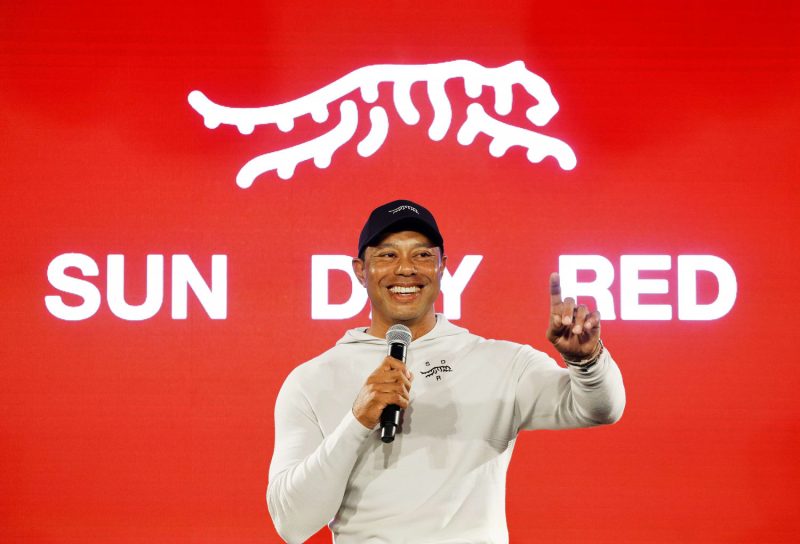In the world of sports, athletes often brand themselves through the use of logos and personal imagery to enhance their marketability and recognition. One such athlete who has capitalized on this strategy is golf legend Tiger Woods. Woods, recognized as one of the greatest golfers of all time, recently unveiled a new logo that incorporates his initials TW in a sleek and modern design. However, a trademark dispute has emerged over Woods’ new logo, raising questions about intellectual property rights and brand ownership.
The dispute came to light when a small company named Terrance Williams Designs claimed that Woods’ new logo bears a striking resemblance to a logo they had previously created for a line of athletic apparel. The logo in question features intertwined initials TW in a similar style to Woods’ new design, leading to allegations of copyright infringement and unfair competition.
Trademark disputes like this often hinge on the degree of similarity between the competing logos and the likelihood of consumer confusion. In this case, both logos prominently feature the initials TW in a stylized format, raising concerns about potential confusion among consumers. Additionally, the fact that both logos are intended for use in the sports industry further complicates the matter, as it increases the likelihood of overlap in target audiences.
When it comes to trademark disputes, it is crucial to establish the timeline of logo creation and trademark registration to determine priority and ownership rights. In this case, it will be essential for both parties to provide evidence of when their respective logos were created and first used in commerce to support their claims of originality and prior use.
Furthermore, the reputation and recognition of the parties involved can also play a significant role in resolving trademark disputes. Tiger Woods, as a global sports icon with a massive fan following, holds considerable weight in the branding and marketing world. His new logo is likely to garner significant attention and be associated with his personal brand, potentially overshadowing any prior claims by smaller entities like Terrance Williams Designs.
Ultimately, resolving trademark disputes requires a careful examination of the legal merits of each party’s claims, as well as the potential impact on the marketplace and consumer perception. As the case of Tiger Woods’ new logo unfolds, it will be interesting to see how the dispute is settled and what implications it may have for the broader realm of athlete branding and intellectual property rights.

